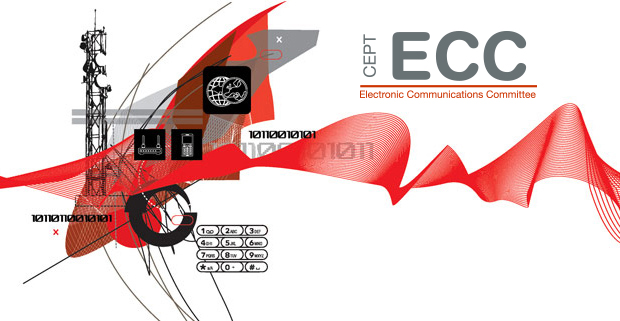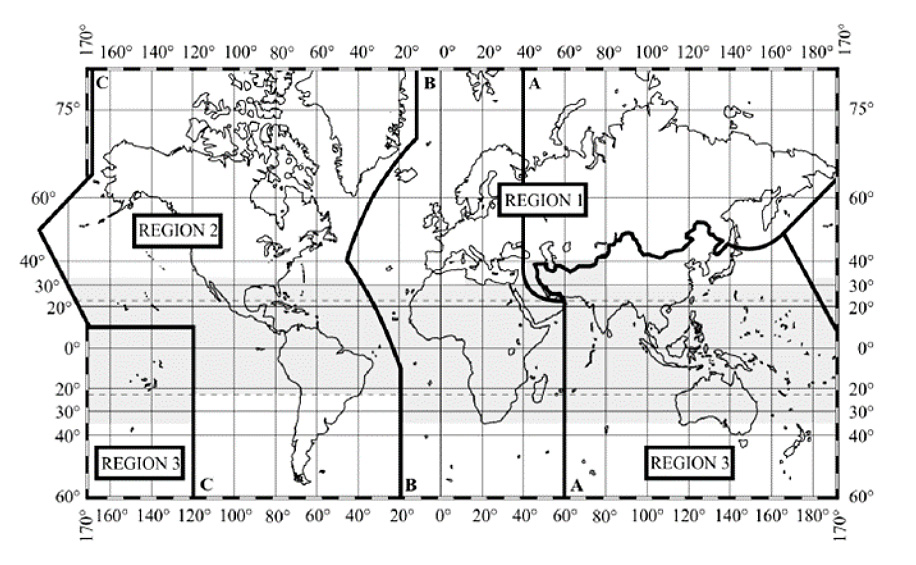What’s next on the agenda after WRC-23?
Every World Radiocommunication Conference has the task of developing the general scope of the agenda for the next event, in four years’ time. Here, Alexander Kühn, Chairman of the ITU-R Conference Preparatory Meeting towards WRC-27, explains how the agenda for the next event was reached
It has not been an easy task to reach a new agenda for World Radiocommunication Conference 2027 (WRC-27). WRC-23 received 37 different proposals for new agenda items with support from regional groups, Member States and sector members. All of those proposals had an urgency for studies, and their implementation requires regulatory action. Therefore, the process to conclude on 19 specific agenda items for WRC-27 was an exhaustive and lengthy process throughout the duration of the Conference.
Furthermore WRC-23 also had to consider a proposal to improve the quality and consistency of new agenda items and associated studies. This should, in particular, avoid intense considerations at ITU-R level on the scope of an agenda item and whether or not specific studies are to be carried out. In that regard, WRC-23 decided to modify Resolution 804, which contains more specific provisions on the development of text for corresponding Resolutions on an agenda item.
Those new provisions were implemented immediately and applied by WRC-23. Consequently, each WRC-27 agenda item has a corresponding Resolution which contains detailed elements for studies during the preparatory phase.
Nineteen specific agenda items for WRC-27
Resolution COM6/23, which contains the agenda of the 2027 Conference, addresses various frequency areas and usages.
Space
The race to space has reached the WRC – a majority of agenda items address issues in relation to space radiocommunication services. They either request the development of new, or the modification of existing, usage conditions, or aim for new allocations to space services.
Specific usage conditions for satellite systems are sought for:
- Earth stations in motion (ESIM), which following previous WRCs are again under consideration. The bands 47.2-50.2 and 50.4-51.4 GHz in the Earth-to-space direction are to be studied for ESIM uplink to geostationary and non-geostationary space stations in order to increase the available capacity for ESIM in the fixed satellite service (FSS);
- the implementation of smaller antenna sizes in 13.75-14 GHz (Earth-to-space);
- the use of the FSS allocation in the band 51.4-52.4 GHz by gateways to non-geostationary satellite systems;
- the implementation of equivalent power flux density limits in Regions 1 and 3 to non- geostationary satellite systems in the FSS;
- the implementation of provisions to limit unauthorised operations of non-geostationary satellite orbit stations in the FSS and mobile satellite services (MSS) and associated issues related to the service area of such systems.
New allocations are under study for the following:
- FSS (space-to-Earth) in the band 17.3-17.7 GHz and the broadcasting satellite service in 17.3-17.8 GHz in Region 3.
- new intersatellite service or MSS (space-to-space) allocations in order to allow space- to-links between non-geostationary and geostationary space stations in the frequency bands 1518-1544, 1610-1645.5, 1646.5-1660, 1670-1675 and 2483.5-2500 MHz;
- MSS for low data rate non-geostationary systems in certain bands between 1427 and 2025 MHz;
- MSS (space-to-Earth) to complement terrestrial IMT networks;
- MSS in the bands 2010-2025 MHz (Earth-to-space), 2160-2170 MHz (space-to-Earth) in Regions 1 and 3 and 2120-2160 MHz (space-to-Earth) in all regions;
- Earth exploration satellite service (passive) in the band 4200-4400 and 8400-8500MHz
Figure - The ITU Radio Regulations divide the world in 3 Regions for the allocation of frequencies
Terrestrial services
- New IMT identifications for 5G and 6G applications in the bands (or parts thereof):
- 4400-4800 in Region 1 and 3
- 7125-7250 and 7750-8400 MHz in Region 1; 7125-8400 MHz in Region 2 and 3;
- 14.8-15.35 GHz
- New allocations to the radiolocation service in 231.5-275 GHz and identifications for millimetric and sub-millimetric wave imaging systems in 275-1000 GHz
Radioastronomy and science services
The agenda contains for the first time since 2007 two specific agenda items in relation to radioastronomy. One item is dedicated to the protection of radioastronomy stations in Radio Quiet Zones from interference caused by non-geostationary satellite orbit systems. The radioastronomy stations are performing measurements in bands allocated to the radioastronomy service on a primary basis. Two specific arrays have already been identified, the Square Kilometre Array Observatory in South Africa and the Atacama Large Millimeter/submillimeter Array in Chile. Due to the utmost importance of the reliability and accuracy of their observations, it has been decided by WRC-23 that the probability of interference by non-geostationary satellite systems, either with a single satellite or by multiple satellites, needs to be studied.
The second agenda item is in relation to radioastronomy observations and Earth exploration satellite service (passive) above 76 GHz. In that case unwanted emissions from active services may cause interference and may require modifications to existing threshold levels.
As a follow-up to the decisions on space weather sensor studies by WRC-23, a new agenda item is dedicated to study possible allocations to the meteorological aids service in the subset "MetAids (space weather)" in certain bands between 27.5-38.325 MHz, 73.0-74.6 MHz and 608-614 MHz.
Last, but not least: LUNAR
One rather peculiar new agenda item is dealing with communication systems on the Moon. The proposal is a result of the growing interest in several countries to return to the Moon within this decade. As a consequence, the need for communications system operating on the lunar surface and between the lunar surface and lunar orbit has been outlined.
WRC-23 decided that studies on frequency-related matters are necessary. They include possible allocations to the space-research-service (space-to-space). Therefore, WRC-27 will be faced with the results of such studies and the further question of how to address possible additional requirements and their impact on other radiocommunication services in the future.
The agenda that WRC-23 prepared for WRC-27 will be formally adopted by the ITU Council at least two years before the Conference. In the meantime, the preparatory cycle has started. The first session of the Conference Preparatory Meeting (CPM-27), which took place after the WRC on 18 and 19 December, has carefully and thoroughly analysed all agenda items. It has identified for each item a responsible group in the ITU-R which is tasked with collecting all relevant information and performing, as indicated by CPM27-1, the necessary studies and developing a draft CPM text.
After the first meeting of the ECC this March, during which a new Chair for the Conference Preparatory Group (CPG-27) will be appointed, it is expected that CEPT will immediately start its preparation towards WRC-27.




